Insects. An unknown world we have difficulties relating to: our main interest seems to be getting rid of them. They repel us, and spur phobias. Yet insects – and pollinators above all – constitute an essential part of the food chain we rely on. Among them, wild bees and honeybees in particular play a fundamental role, pollinating about one third of our food, as well as cotton and many other vital crops.
Since 2006, however, swarms of honeybees and wild bees have been dying on a massive scale. Every year, nearly 30% of US honeybee colonies die or disappear, and a 2017 German study spanning 27 years found that the country has 75% less flying insects than in 1989, with bees particularly impacted.
The culprit is now thought to be the concurrence of different factors: for one, pesticides like neonicotinoids, whose usage has been banned in Europe and restricted in Canada. Then there are Varroa mites, bacterial diseases and fungi such as nosema, as well as a general lack of food and water due to rampant urbanisation and the practice of monoculture farming. Establishing how those factors interact is even more difficult. For instance, neonicotinoids are suspected of making the bees less resistant to the nosema fungus.
Beekeeping has thus become a whole new way of being “green” and doing something proactive for the environment, with a highly rewarding by-product: your own honey. Urban beekeeping in particular has spread across the globe, popping up on terraces and rooftops even in densely populated cities. From high-end hotels to private balconies, a growing number of individuals and businesses are following the trend, including celebrities like Morgan Freeman and Scarlett Johansson – so much so, in fact, that cities such as Chicago and Winnipeg have had to introduce new regulations on beekeeping.
Home Sweet Hive
We’ll be honest: setting up a beehive is a big responsibility. Aspiring beekeepers must be prepared and do extensive research into creating the right environment, choosing the appropriate bee species and, above all, making sure the swarm has enough space, food and water to survive. But that’s not all. You’ve also got to familiarise yourself with local regulations, learn about parasites such as mites and bacteria, and take all the necessary precautions with respect to your neighbours. To save time and effort, the best first step is to join a local beekeepers’ association that offers training and support.
“A beekeeper knows no summer holiday,” says Ulrike Windsperger, a permaculture expert, author and beekeeping trainer. This is one of the profession’s main drags, on par with the time investment in researching and learning; some beekeeping courses take up to two years. Honeybees need constant care, and their main season of activity, at least in temperate climates, is summer: leaving a beehive on its own in this time frame is therefore not recommended. For most beekeepers, this means no summer holidays, unless somebody – equally knowledgeable – can take over.
Another important point is choosing the right kind of honeybee. Each species, subspecies or strain prefers different plants and adapts differently to various climates; it’s generally better to choose a species of honeybee that’s native to the area, which also serves to maintain biodiversity.
Busy As A Bee
If, having done your due diligence, you’re ready to take on the role, congrats! Time to plan for your beehive. Designate the area that will be dedicated to honeybees: even on a large terrace, make sure to only have as many bees as you can feed. Again, a beekeepers’ association can help with the calculations. Consider that each swarm has between 2,000 and 50,000 bees at different times of the year and yields different amounts of honey, also depending on the weather. Moreover, it’s good to keep in mind that honey is the bees’ food for winter: taking too much of it will mean depriving the bees of the proteins and minerals it contains, which in turn will weaken their immune systems.
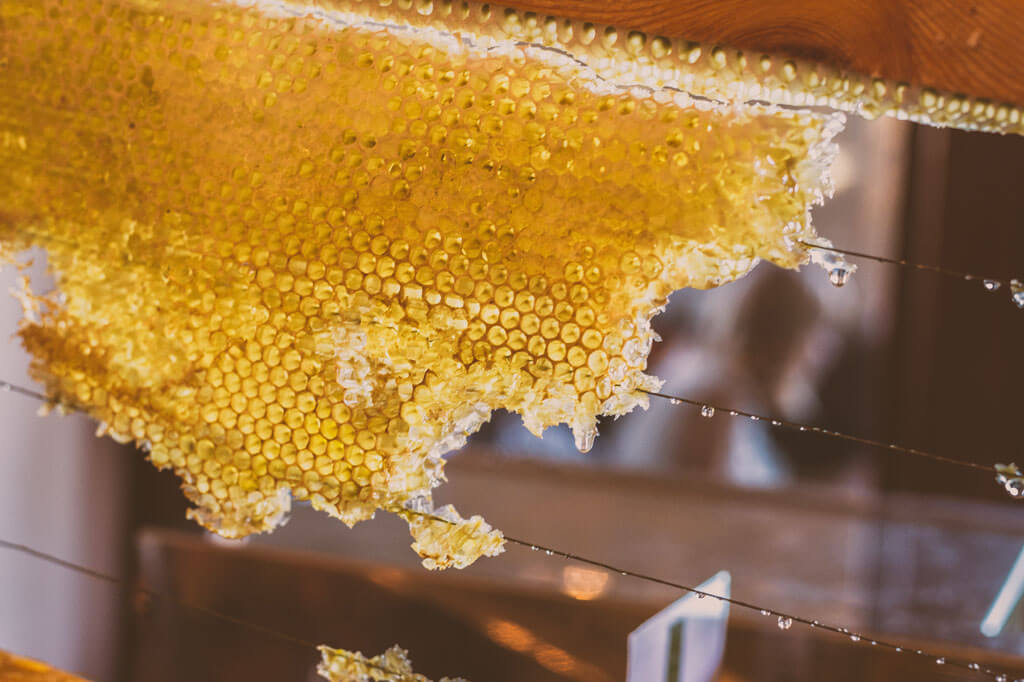
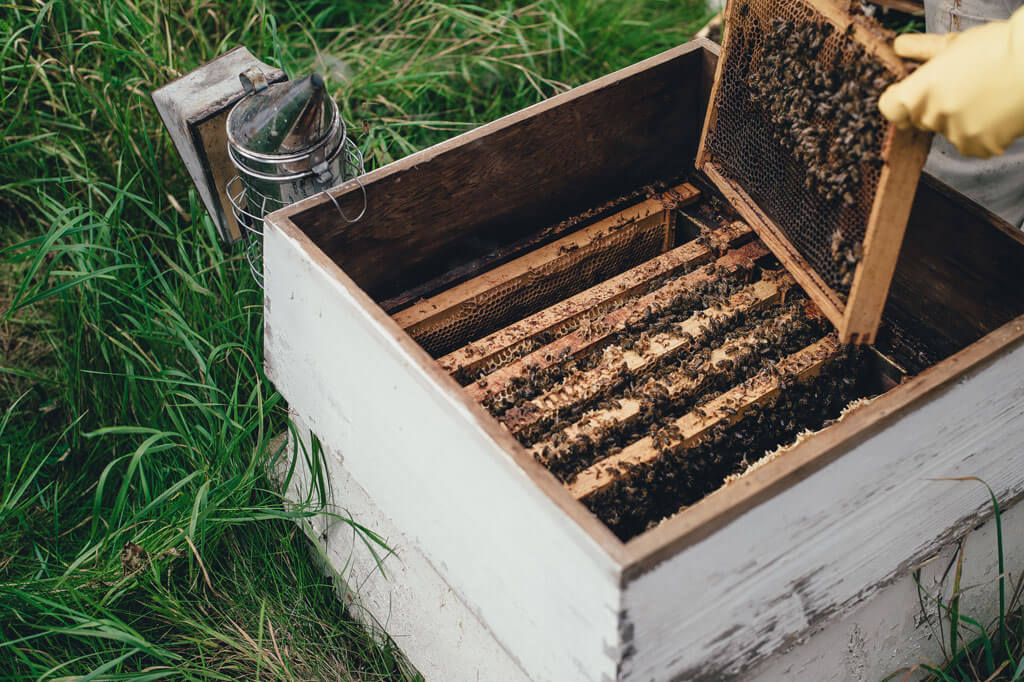
Above all, prepare ahead of time – possibly months before getting your swarm – by planting your area with the right vegetation, assembling your hive and getting the right tools. Think about setting up a water source, and study the best location for the beehive, considering that it will need moderate ventilation. Once you’re finished with the initial preparations, you can buy a colony of bees from a local beekeeper, or order package bees from a bee breeder. Capturing a wild swarm can be very dangerous, and is definitely only for the most experienced of beekeepers.
Not Enough Space? Go Wild
Maybe you did the math and realised you can’t set up a beehive, after all. Your terrace is not big enough, the neighbours are allergic, the city regulations won’t allow new hives, or you simply can’t keep up with the amount of work. That’s fine. In fact, there’s still a lot you can do to support these productive insects – especially wild bees, whose food sources are being increasingly disrupted in urban areas.
“We can all support the wild bees already living in our cities by planting as many flowers and plants on our balconies and window sills as we can,” Windsperger says. “Nobody has to take care of them, and it’s much easier than setting up a beehive.”
Wild bees love plants such as geraniums, cornflowers, dandelions and star thistles, which are easy to plant on window sills. Windsperger recommends planting several of the same kind of flower or plant to guarantee a consistent food supply, and avoiding hybrid plants, which produce little to no pollen.
Whether you decide to support honeybees or wild bees, start a hive or simply plant some flowers, here are a few useful resources to get you started:
– Visit The British Beekeepers Association
– Join urbanbees.co.uk bee tours of London
– Read Howland Blackiston’s Beekeeping for Dummies
– Check out Flow’s “honey on tap” beehives

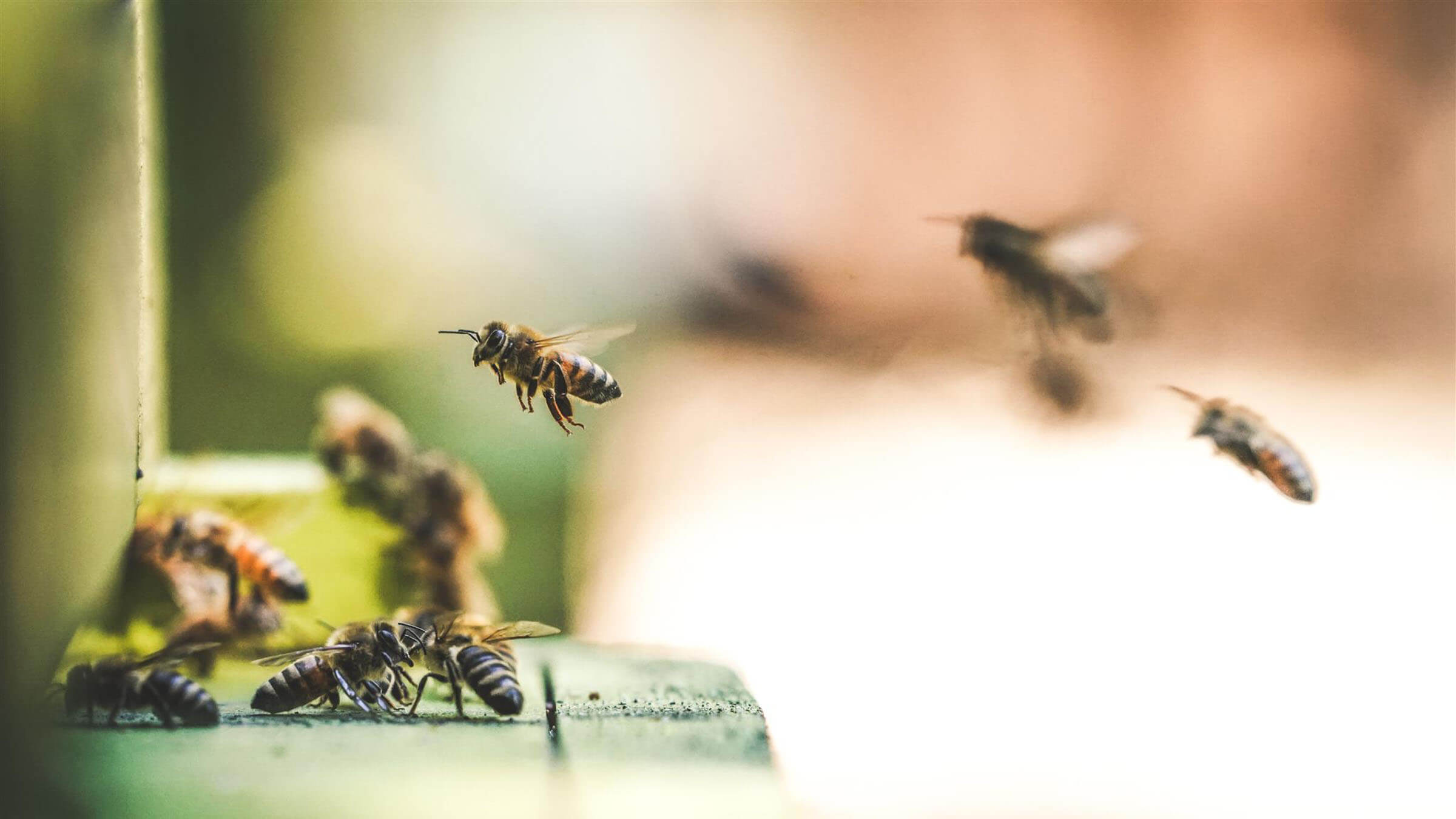


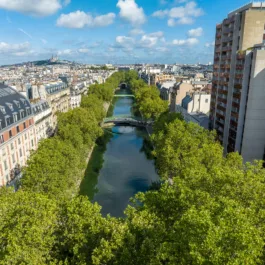
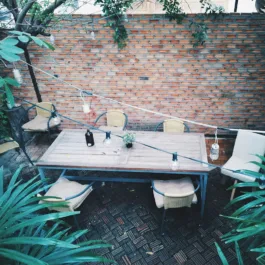
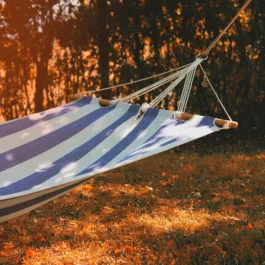

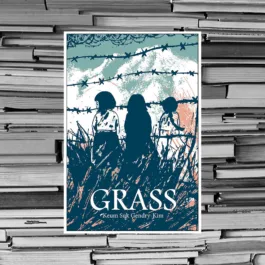





Sorry, the comment form is closed at this time.